A new report by Tommi Laitio recommends a path to ensuring that every child in Charlotte has something in their life that makes their eyes light up: a hobby.
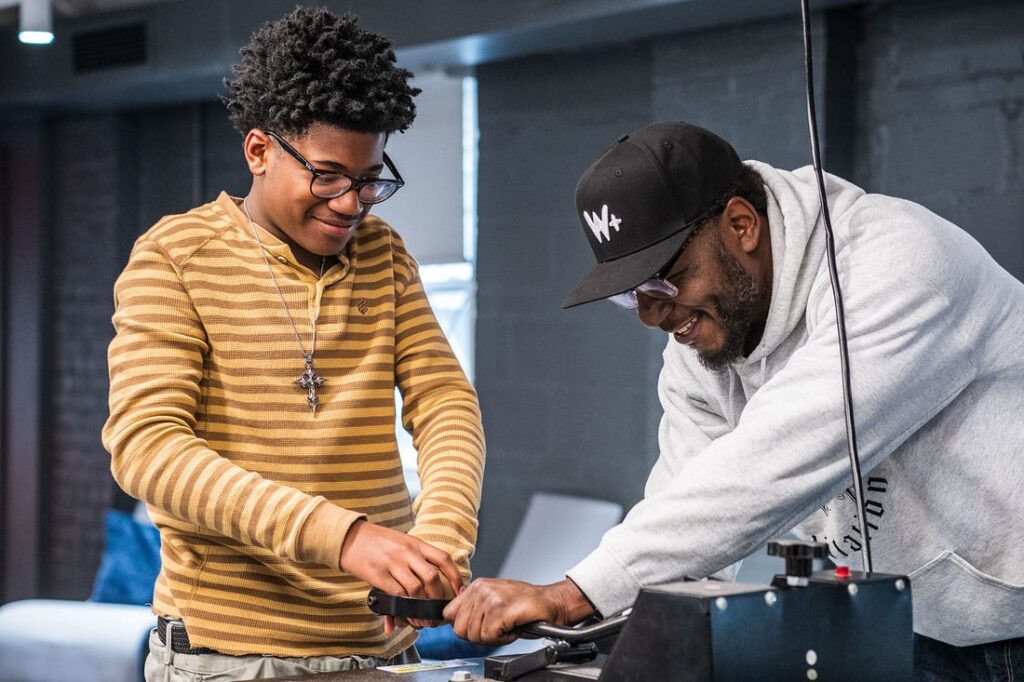
Last August, my husband and I had to empty the attic of our Helsinki apartment. We discovered a dozen broken suitcases, a box of old notebooks, a coffee table, a step ladder, half empty paint cans — and my old army-style rucksack.

I got the rucksack as a teenager for longer scouting camps. It still smelled like smoke after three decades.
I was a chatty kid who got good grades, was liked by teachers and volunteered in school clubs and plays. But I did not quite fit in with other boys. I seldom managed to hit or catch the ball in pesäpallo, the Finnish national sport. I was usually among the last to be selected to teams.
Being a scout helped me carve my way. I loved packing the ruck-sack for weekend camping trips and spending time outdoors. Our group was led by a teenager who knew how to make a kid like me feel seen. His leadership built my confidence to eventually lead my own group and start training other youth leaders. At the age of 16, I was asked to manage the outdoor kitchen of a week-long camp for 100 participants. While I did that under the supervision of adults, I felt responsible that everyone had enough to eat, the kitchen was clean, and that everyone washed their hands.
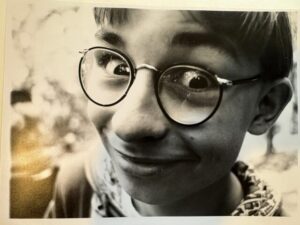
The scouting movement created numerous opportunities for learning without the pressures of grading or competition. In 1996, at the age of 19, I was chosen to be a news reporter for the camp radio of a national scouting jamboree. Our editorial team was led by a professional journalist who taught us how to check facts and use our voice on radio. I loved getting up every morning, sorting through the bulletins from news agencies, editing and reading them on air. I don’t know if anyone listened to the channel, but that was not the point.
I have since worked as a journalist for Finland’s largest newspaper and overseen everything from arts education and youth clubs to soccer fields for Finland’s capital. I know now, nearly 30 years later, that the childhood and teenage experiences of feeling seen were instrumental for my career, confidence and wellbeing. But I did all this learning because I just loved it. It was my hobby.
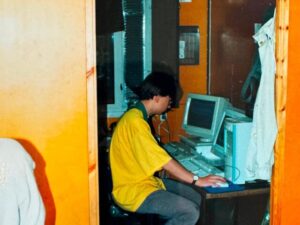
During the last year, I have talked with more than 40 Charlotte leaders about hobbies. This work resulted from a trip to Helsinki in 2023, organized by The Gambrell Foundation, where many of the Charlotte leaders fell in love with Helsinki’s simple policy goal: every child should have a hobby. This research was based on my experience as Helsinki’s Executive Director for Culture and Leisure, where I was accountable to the City Council for making sure that every kid has a hobby. According to the School Health Promotion Survey, 94% of 4th and 5th graders and 96% of 8th and 9th graders in Helsinki report that they have a hobby that they engage in at least once a week. Helsinki believes that this is a powerful and resource-smart way to increase belonging, wellbeing, and happiness.
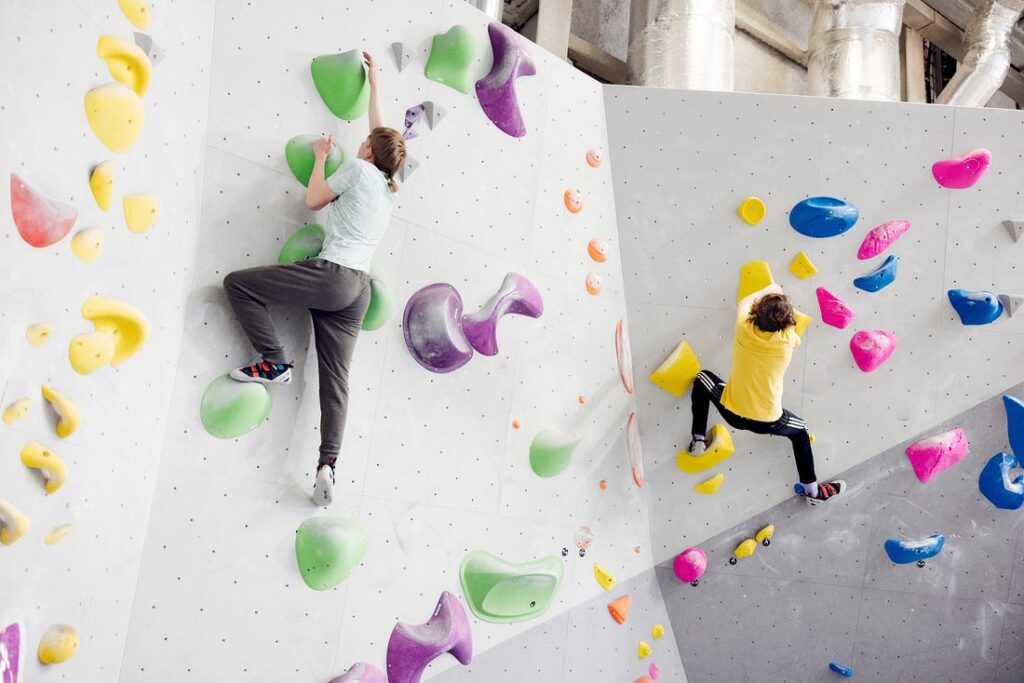
The discussions in Charlotte ranged from puzzled to excited. “A hobby. I don’t think I have ever used that word,” a nonprofit leader reacted. Many said that this is exactly what we should be talking about. As another nonprofit executive said, ”We often convene around problems. It is wonderful to convene around something hopeful, simple, and exciting.”
I define a hobby as something done voluntarily and regularly by oneself or with others for enjoyment, relaxation, and pleasure. In its softness and simplicity, a hobby is a radical idea. While hobbies might and do have proven benefits like physical health, career, networks, or extra points in a college application, at their core, hobbies are defined by motivation. A hobby is something you do for the sake of itself. In a world of increasing uncertainty, social isolation, and division, hobbies can be something that help us build and hold onto a sense of self and build positive connections to others. Using philosopher Isaiah Berlin’s language, they turn us from a nobody to a somebody.
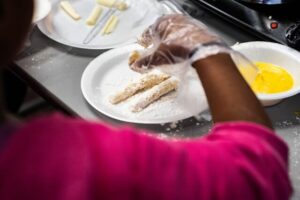
The hobby conversations in Charlotte have resulted in the Acts of Purpose report we are sharing today. The research and interviews I carried out with two brilliant UNC Charlotte students, Emmanuella Assem and Sophia Gerz-Escandón, point to racial and economic divides in recreational opportunities, especially for children. Barriers like transportation prevent many Charlotteans from accessing opportunities. Fragmentation and lack of coordination among nonprofit providers make it difficult to find the offering or know where the gaps and needs are. However, Charlotte has strengths to build from, such as a collaborative civic culture and existing data-sharing infrastructure.
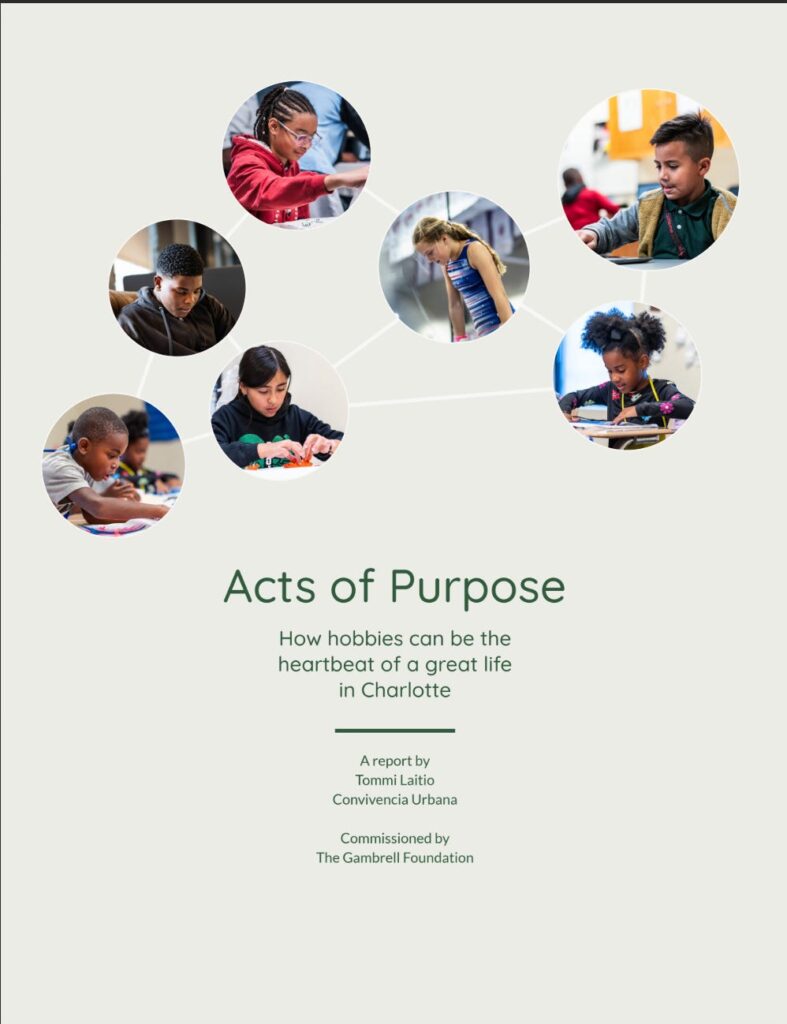
In the report, I suggest seven practical actions to make Charlotte the hobby capital of the United States.
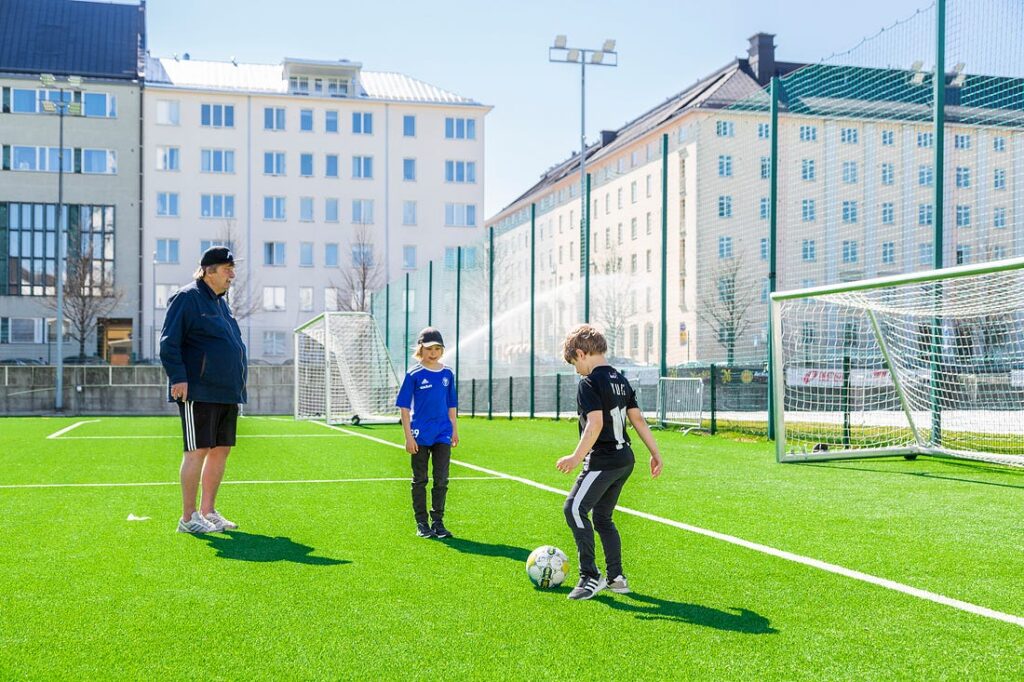
Over the next few months, we are looking for partners to turn these recommendations into practice. I am convinced that by adopting these strategies, Charlotte can improve the well-being of its children and youth; create both systemic change and concrete action now; foster creativity and purpose in every individual; tackle loneliness; and build a more socially and economically vibrant city.
Understanding the importance of hobbies is something that we adults have catching up to do. Children and youth get it already. As Ava, a 14-year-old Charlottean we talked to put it:
“I like to make jewelry, and I like to do a bunch of things that are creative. I like helping people, so I use those skills to help. It has helped a lot with my public speaking skills. And I use art to help me be creative.”